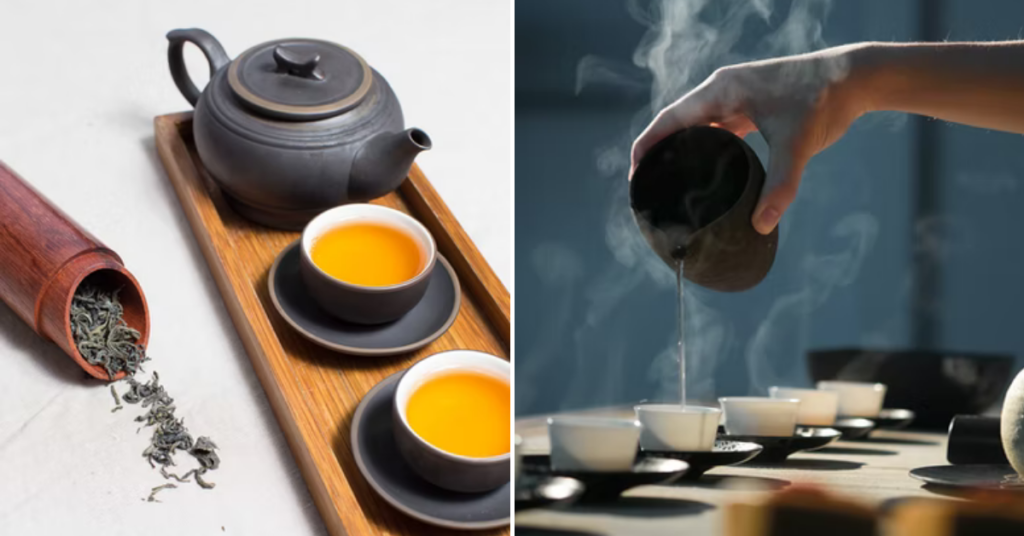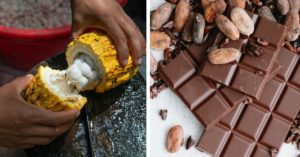When we think, most would think of the Brits or even the Indians with their chai, but we all know the Chinese are the birth of this aromatic goodness. Tea production, processing, and consumption have been practised and preserved by the Chinese for thousands of years. It is preferable to learn about tea from Chinese people because it is strongly embedded in their culture. Therefore, Glitz has created this helpful guide that has everything to do with Chinese tea if you’re freshly introduced to it!
Types Of Chinese Teas
Contents
Green Tea
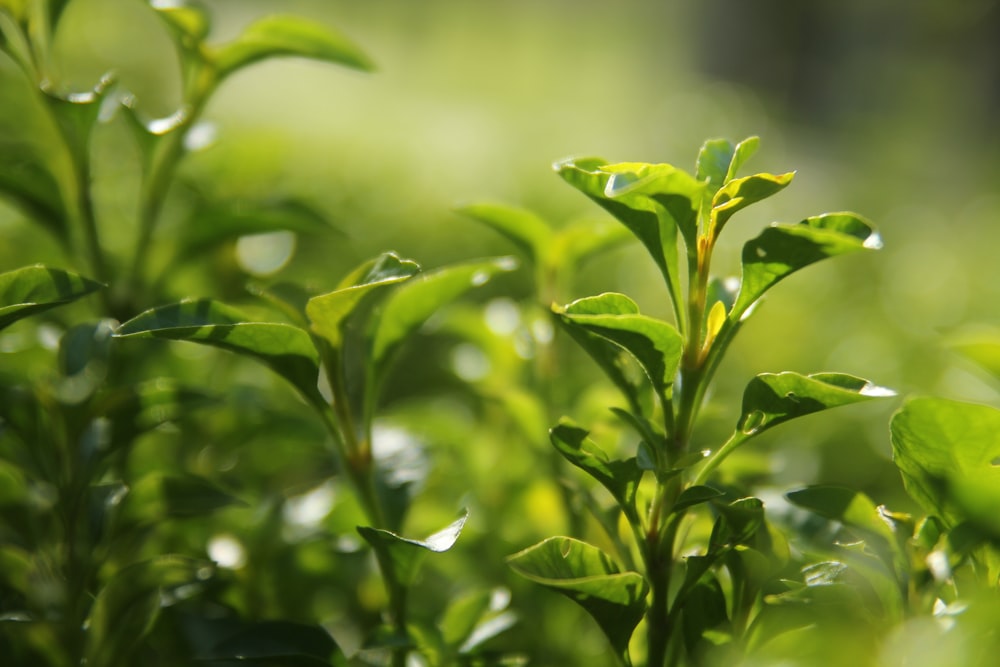
Green tea is generally the first thing that springs to mind when you hear the phrase “tea.” After all, this is not only the oldest but also the most popular form of tea. When compared to other teas, green tea has the most antioxidants and tannins. The key is in the manner it’s made: it’s usually plucked and dried on the same day.
It retains its original deep green colour, vitamin C, minerals, and antioxidants, among other things, as a result of little oxidation. As a result, green tea is the finest choice for cleaning and slimming beverages.
Oolong Tea

This tea, also known as Black Dragon Tea, combines the attributes of two different teas: green and black. It combines the intricacy of black tea with the freshness of green tea to create a unique blend. Withering and rolling of oolong tea leaves are typically done by hand. The dark hue is the consequence of oxidation and burning.
The colour and flavour of oolong tea vary depending on the extent of processing. There is a way where charcoal smoke is used to give it a rich, earthy flavour. The flavour characteristic of oolong tea varies from light flowery to rich and delicious.
Yellow Tea
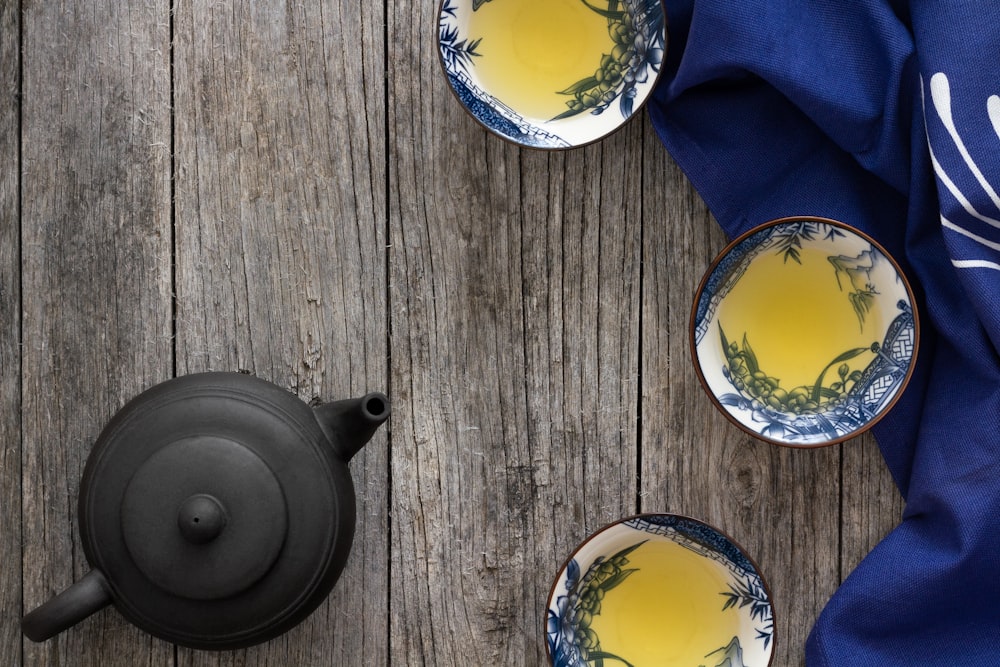
True teas, such as yellow tea, are a kind of tea. The leaves of the Camellia sinensis plant, more often known as the tea plant, are used to make several varieties of tea. The rarity of this tea adds to its appeal. Yellow tea is a Chinese tea that is hard to come by outside of the country.
That’s because the process of making this tea takes a long time, necessitates more effort, and is difficult to regulate on a wide scale. To promote oxidation and eliminate the grassy scent and flavour, the leaves are encased and steamed.
White Tea

White tea is one of the rarest and most costly, as the leaves and buds are only collected once a year, at the start of spring. White tea is made by picking young tea buds while the leaves are still firmly wrapped. The silvery, downy hair on the leaves would still be intact.
Because it is the least processed of all the teas, it is just withered and dried when ready to use. White tea has a delicate scent and flavour since the leaves are neither crushed or rolled.
Black Tea

Black tea is more popular in the Western world than the other tea varieties. This tea is prepared from the tea plant’s fresh, young branches. The leaves are then processed using a variety of processes. It is allowed to fully oxidise after being withered, rolled, and crushed.
The leaves are burned in the oven as the last processing step, which prevents further oxidation. The brew that results is reddish to dark brown in colour. It has a beautiful yet complex scent. The diversity continues in the flavour, which ranges from light and basic to malty and even savoury.
Dark Tea
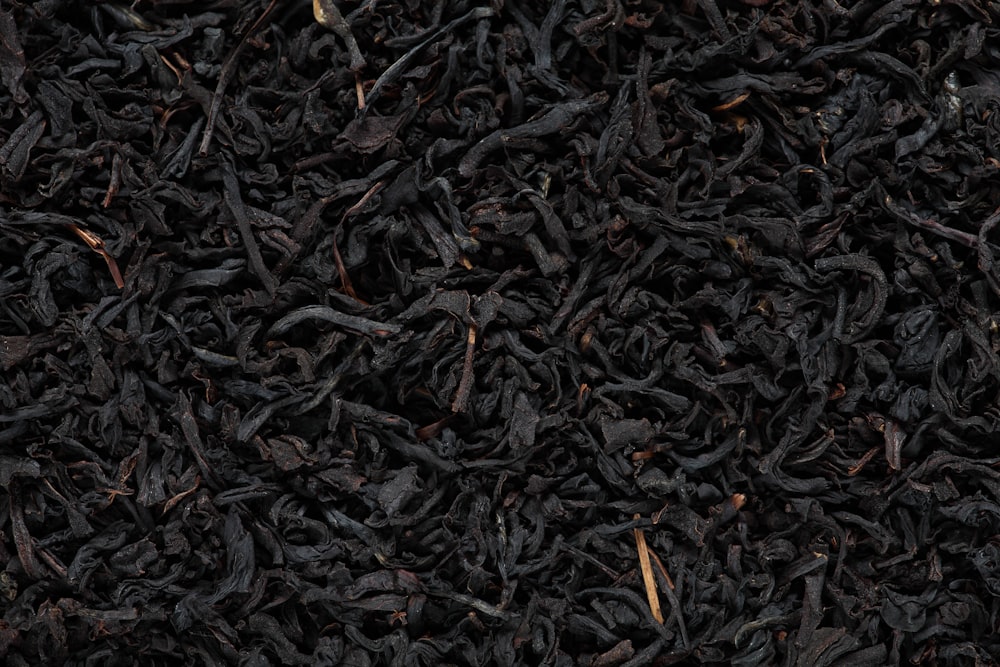
Dark tea is possibly the most underappreciated of all the teas. This sort of tea is made from leaves that have been fermented after they have been picked. To minimise moisture levels and prevent oxidation, leaves are dried or burned in standard processing. The first fermentation process comes to an end at this point, and the second fermentation phase for dark tea manufacture begins.
The second fermentation involves pouring water on the tea leaves and stacking them to ferment. The colour and flavour of the leaves are influenced by the action of natural bacteria on them throughout the fermenting process. Dark tea’s taste increases with age, unlike the other teas. It turns a rich scarlet colour and has a modest yet robust taste.
Pu-erh Tea
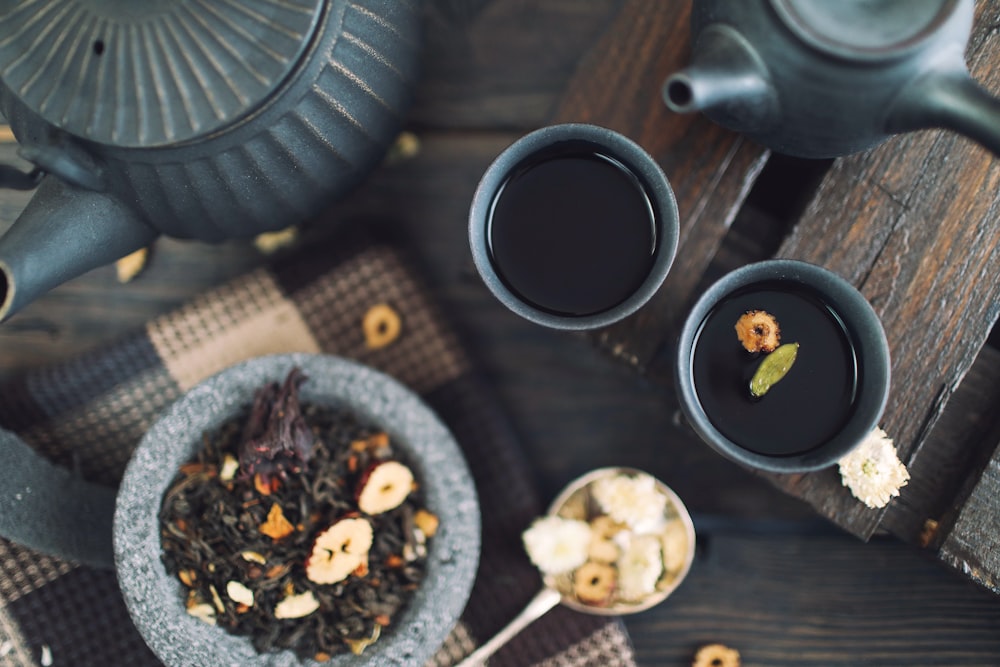
The Pu-erh tea hails from the Yunnan area in southern China and is one of the world’s oldest teas. Pu-erh is a black tea with a strong flavour due to the way it is fermented and oxidised. It’s even referred to as a “living tea” because it will continue to ferment organically over time. This tea gets its name from a black tea trade site in Imperial China.
Understand Chinese Tea Etiquette
Seating is vital
Few individuals nowadays are aware of the proper sitting etiquette at a traditional Chinese teahouse. The first guest of honour should sit on the host’s left-hand side, and the significance of the seats should be in diminishing order from the host’s left hand to the right. It is an unbreakable rule that must be followed regardless of the table’s form.
Furthermore, the elderly and instructors are most esteemed to occupy the first rated seat, and when age disparities are modest, females have preference. Furthermore, it would be impolite to sit across from the host. Children should be permitted to sit on this seat if it is unavoidable.
Appreciation for the first steep
When visitors are asked to sample the first steep, it is the first time they express their gratitude to the host, and it is one of the most essential etiquettes in the traditional tea ceremony. Standing up, males hold fists (left over right), ladies place palms together, bow, sit down, and take over the teacups, smelling the tea first, then taking a drink and savouring the tea is the polite and traditional gesture.
Finger Kowtow
Finger kowtow is just finger tapping. It is a quiet ceremony in which you express your thanks to the person who serves you tea. Its origins may be traced back to Emperor Qianlong’s reign during the Qing Dynasty. He stopped at one of the tea establishments while travelling across China.
The server poured three ups and downs of tea for them without dropping a drop. When the emperor learned that this movement is known as the “Three Nods of the Phoenix,” he decided to give it a try. Because they couldn’t risk disclosing Emperor Qianlong’s actual identity to the public, his associates began tapping their fingers on the table while he poured tea into the cups. When he inquired about it, his buddies revealed that because they couldn’t kneel to him, they instead tapped their fingers to indicate their respect and thankfulness.

